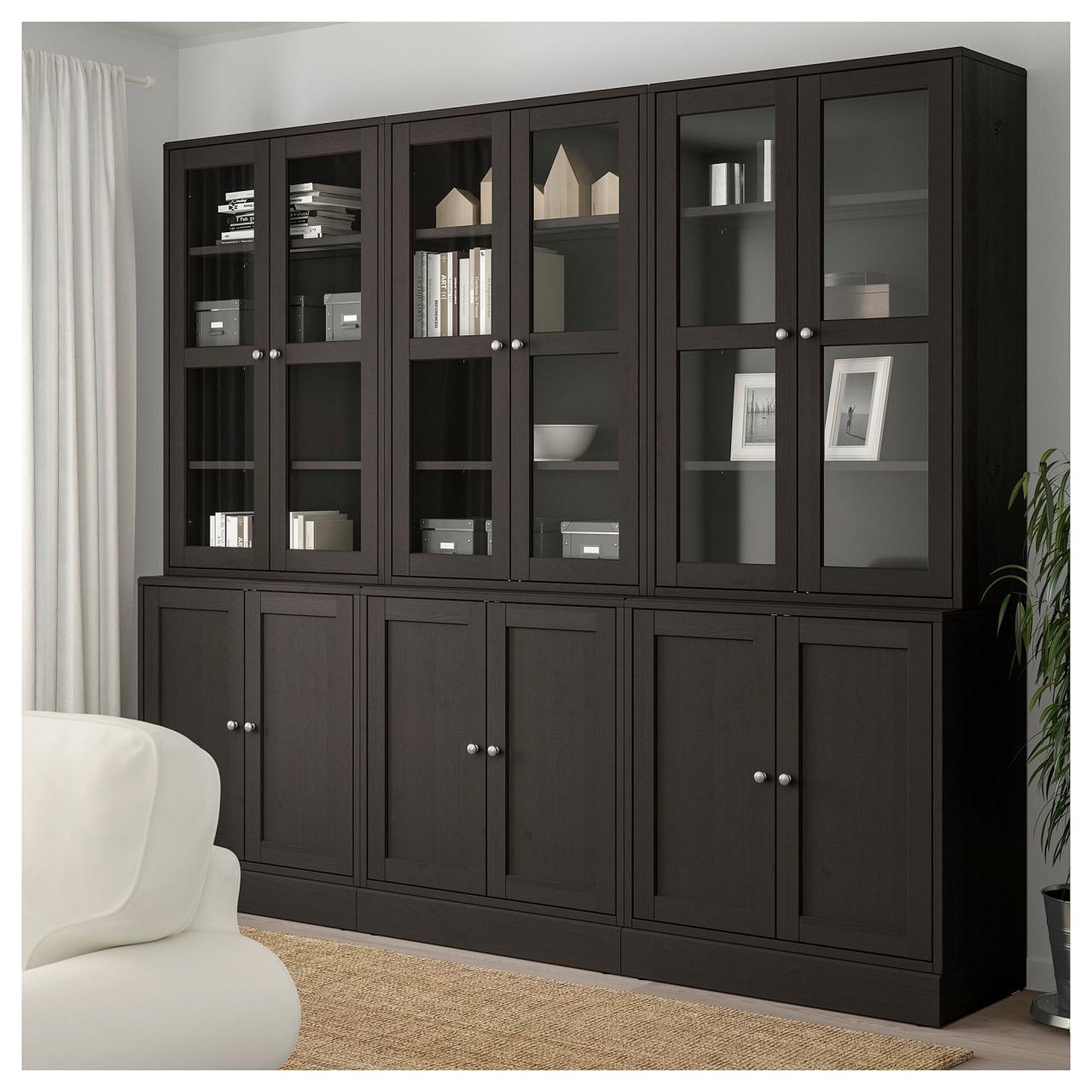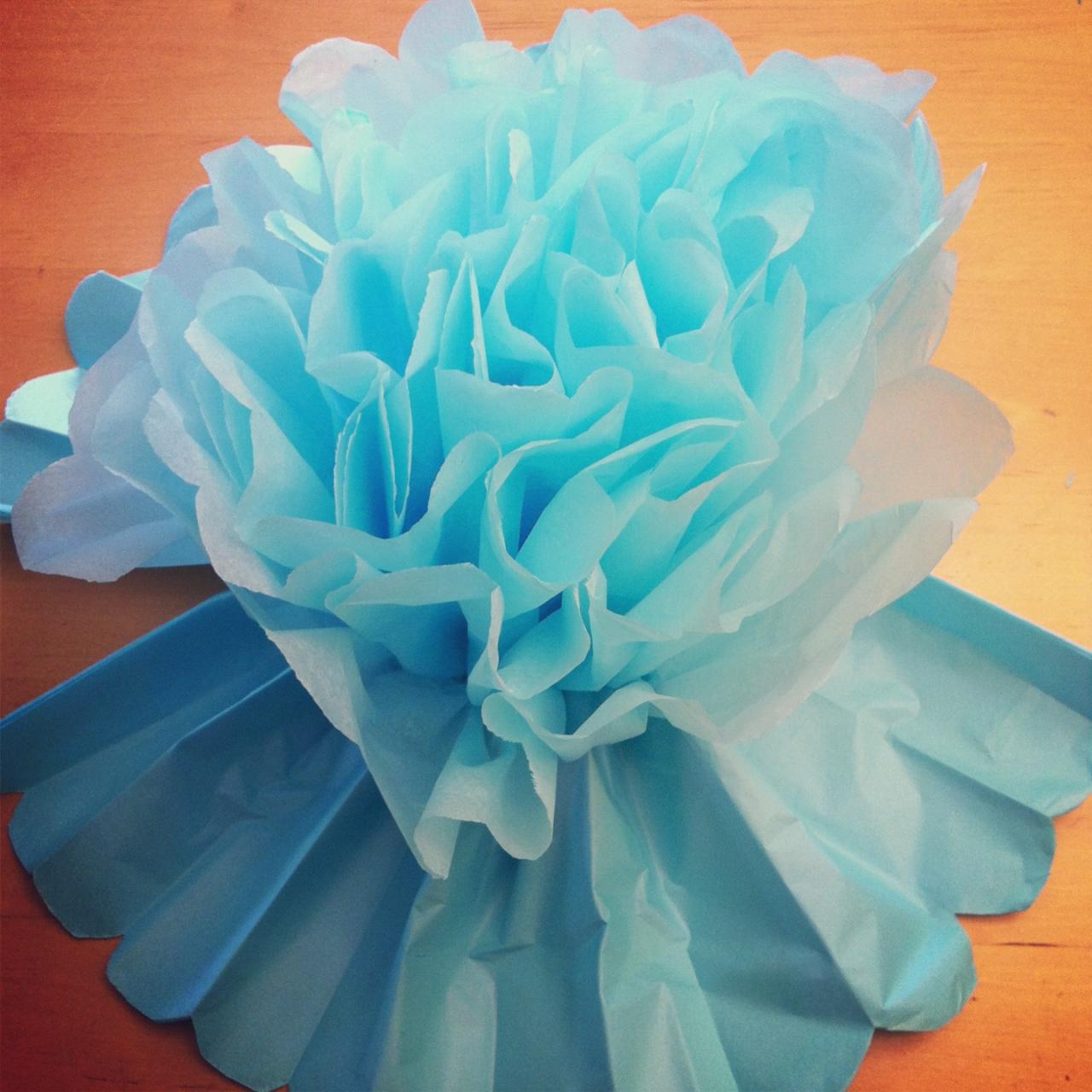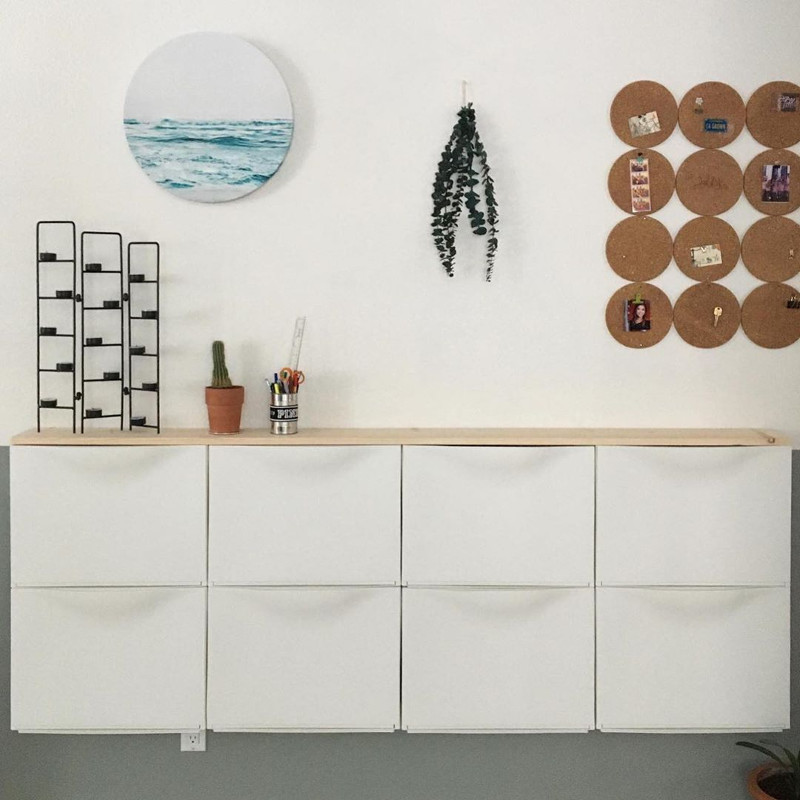DIY room spray offers a refreshing alternative to commercially available options, allowing you to customize scents and ingredients to suit your preferences. While store-bought sprays often contain harsh chemicals and artificial fragrances, creating your own room spray empowers you to control the ingredients and ensure a natural and healthy environment.
This guide explores the world of DIY room spray, from selecting essential oils and crafting recipes to understanding the importance of safety and storage. Whether you’re seeking to create a calming ambiance, invigorate your senses, or simply refresh your space, this comprehensive guide provides everything you need to embark on your DIY room spray journey.
DIY Room Spray
Creating your own room spray offers a refreshing and customizable way to scent your home, allowing you to personalize your living space with your favorite fragrances. This approach also provides control over the ingredients used, ensuring a more natural and potentially safer alternative to commercially available options.
Reasons for Choosing DIY Room Spray
Individuals opt to create their own room spray for various reasons, including:
- Control over Ingredients: DIY room sprays allow you to choose natural and essential oils that are free from harsh chemicals, synthetic fragrances, and potentially harmful additives commonly found in commercial products. This is particularly important for individuals with sensitivities or allergies.
- Customization: The ability to personalize your room spray by blending different essential oils and adjusting the scent intensity offers a unique and enjoyable experience. You can tailor the fragrance to match your mood, season, or personal preferences.
- Cost-Effectiveness: Making your own room spray can be significantly cheaper than purchasing pre-made options, especially considering the potential for creating large batches that can last for several months.
- Sustainability: DIY room sprays can be made using reusable spray bottles and natural ingredients, reducing waste and minimizing your environmental impact.
Essential Oils for Room Spray: Diy Room Spray
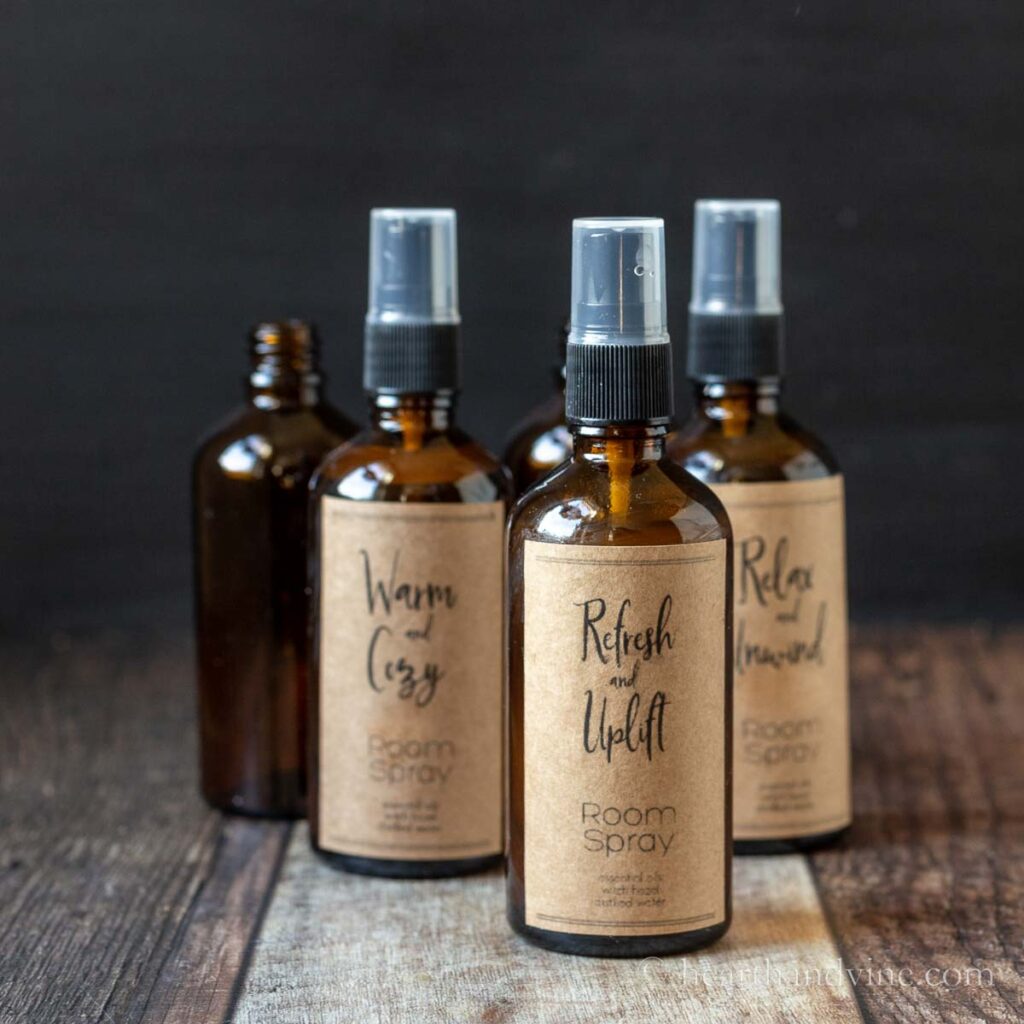
Essential oils are a popular choice for adding fragrance and therapeutic benefits to room sprays. They are concentrated plant extracts with a wide range of aromas and potential benefits. When selecting essential oils for your room spray, consider your desired scent and any therapeutic benefits you wish to enjoy.
Essential Oils for Room Spray
Here is a list of essential oils commonly used in room sprays, along with their aroma profiles and potential therapeutic benefits.
- Lavender: Known for its calming and relaxing scent, lavender is often used to promote sleep, reduce stress, and alleviate anxiety.
- Lemon: A refreshing and uplifting scent, lemon is believed to boost mood, improve concentration, and purify the air.
- Tea Tree: With a strong, medicinal scent, tea tree oil is known for its antimicrobial and antifungal properties. It is often used to cleanse the air and fight off germs.
- Eucalyptus: A powerful, camphoraceous scent, eucalyptus is believed to relieve congestion, soothe sore throats, and promote respiratory health.
- Peppermint: With a cool and invigorating scent, peppermint is often used to boost energy, improve focus, and relieve headaches.
- Orange: A sweet and cheerful scent, orange is believed to uplift mood, reduce stress, and promote relaxation.
- Rosemary: A herbaceous and invigorating scent, rosemary is often used to improve memory, boost concentration, and alleviate fatigue.
- Bergamot: A citrusy and floral scent, bergamot is known for its calming and uplifting properties. It is often used to reduce stress and promote relaxation.
- Frankincense: With a warm and woody scent, frankincense is often used to promote relaxation, reduce stress, and enhance spiritual practices.
- Ylang Ylang: A sweet and floral scent, ylang ylang is often used to promote relaxation, reduce stress, and enhance mood.
Dilution Ratios for Essential Oils in Room Spray
It is important to dilute essential oils properly in room sprays to avoid skin irritation or other adverse effects. The recommended dilution ratio for essential oils in room sprays is typically between 0.5% and 2%. This means that for every 100ml of water, you would use between 0.5ml and 2ml of essential oil.
For example: To create a 100ml room spray with a 1% dilution, you would use 1ml of essential oil.
The specific dilution ratio may vary depending on the essential oil used and your personal preferences. It is always a good idea to start with a lower dilution and gradually increase it as needed.
DIY Room Spray Recipes
Now that you’ve gathered your essential oils and supplies, let’s dive into some DIY room spray recipes. These recipes are designed to target specific purposes, such as calming, energizing, or purifying the air in your home. You can customize them to your liking by adjusting the essential oil blend and dilution ratios.
Room Spray Recipes
Here are three DIY room spray recipes that you can try:
| Recipe Name | Ingredients | Dilution Ratios |
|---|---|---|
| Calming Lavender Spray |
|
|
| Energizing Citrus Spray |
|
|
| Purifying Tea Tree Spray |
|
|
You can adjust the essential oil blend and dilution ratios to your liking. For example, if you prefer a stronger scent, you can add more essential oil. You can also experiment with different essential oil combinations to create your own unique room spray blends.
Choosing a Base for Room Spray
The base of your room spray is the liquid that carries your essential oils and fragrance. It’s important to choose a base that’s safe to use and will help your fragrance diffuse effectively. There are several different options available, each with its own advantages and disadvantages.
Water
Water is the most common and affordable base for room sprays. It’s readily available and evaporates quickly, leaving a fresh scent in the air. However, water alone doesn’t have a strong enough scent throw, so you’ll need to use more essential oils to achieve a noticeable fragrance. Additionally, water can grow mold and bacteria over time, especially if you’re using a DIY room spray that doesn’t contain a preservative.
Alcohol
Alcohol is a great base for room sprays because it evaporates quickly and has a strong scent throw. It’s also a good natural preservative, which helps to prevent mold and bacteria growth. However, alcohol can be flammable, so it’s important to use it with caution and keep it away from heat and open flames.
Witch Hazel
Witch hazel is a natural astringent that can be used as a base for room sprays. It has a slightly herbal scent and can help to clean and freshen the air. However, witch hazel can be drying to the skin, so it’s important to use it sparingly and avoid spraying it directly on surfaces.
Considerations for Choosing a Base
When choosing a base for your room spray, consider the following factors:
- Scent Throw: If you want a strong, noticeable scent, alcohol or a blend of water and alcohol is a good choice. If you prefer a more subtle fragrance, water is a good option.
- Preservation: If you’re concerned about mold and bacteria growth, use alcohol or a blend of water and alcohol. Witch hazel also has natural preservative properties.
- Flammability: If you’re using alcohol as a base, be sure to keep it away from heat and open flames.
- Intended Use: If you’re using your room spray to clean and freshen the air, witch hazel is a good choice. If you’re simply looking to add a fragrance to the room, water or alcohol is a good option.
Recommendations for Base Options
- For a strong, noticeable scent: Alcohol or a blend of water and alcohol.
- For a subtle fragrance: Water.
- For a natural preservative: Alcohol or witch hazel.
- For cleaning and freshening the air: Witch hazel.
Mixing and Storing DIY Room Spray
Creating your own room spray is a fun and rewarding experience, and the final step is to carefully mix and store your creation to ensure it lasts and retains its delightful fragrance.
Mixing DIY Room Spray Ingredients
The process of mixing your DIY room spray is straightforward and involves a few simple steps:
- Gather your ingredients. Make sure you have all the ingredients you need, including your chosen essential oils, base, and water, in the right proportions.
- Combine your ingredients. Pour your chosen base into your chosen container, followed by your essential oils. You can start with a smaller amount of essential oils and adjust based on your preference. Then, add water to top off the container, ensuring it’s filled to the desired level.
- Mix well. Shake the container vigorously to ensure the ingredients are thoroughly combined and the essential oils are dispersed evenly.
- Let it sit. Allow the mixture to sit for a few hours to allow the oils to properly blend with the base. This will ensure a more consistent and well-balanced scent.
Storing DIY Room Spray
Using a clean and sanitized container is crucial to ensure the longevity of your DIY room spray.
- Clean and sanitize the container. Before adding your mixture, thoroughly clean and sanitize your chosen container using warm, soapy water or a mild disinfectant. This will help prevent the growth of bacteria and mold that can spoil the spray.
- Choose a suitable container. Select a container made of glass or plastic, as these materials are generally resistant to essential oils. Avoid using metal containers as they can react with certain essential oils, affecting the fragrance and potentially causing discoloration.
- Store properly. Keep your DIY room spray in a cool, dark place, away from direct sunlight and heat.
Maximizing the Shelf Life of DIY Room Spray
To extend the shelf life of your DIY room spray, follow these tips:
- Use high-quality ingredients. Choose high-quality essential oils and a good base, as these will help your room spray last longer and retain its fragrance.
- Avoid over-diluting. While adding more water will make your room spray more affordable, it can also shorten its shelf life. Experiment with different ratios of essential oils and base to find the right balance for you.
- Store in a dark, cool place. Keep your DIY room spray in a dark, cool place, away from direct sunlight and heat. These factors can cause the essential oils to break down, affecting the fragrance and potency of your spray.
- Use a good quality spray bottle. Investing in a high-quality spray bottle with a good misting mechanism can help ensure your DIY room spray is applied evenly and effectively.
Using DIY Room Spray
Now that you have your DIY room spray ready, let’s explore how to use it effectively and safely. This section will guide you through the appropriate frequency, areas for application, and precautions to consider when using your homemade room spray.
Frequency and Areas of Application
The frequency of using your DIY room spray depends on your personal preference and the desired effect.
Here are some general guidelines:
- For a light, refreshing scent, you can spray your room spray once or twice a day.
- If you want a stronger scent or are trying to eliminate a strong odor, you can spray more frequently, up to 3-4 times a day.
- Target areas where you want to refresh the air, such as living rooms, bedrooms, bathrooms, and kitchens.
- You can also spray your room spray on fabrics like curtains, linens, and upholstery to add a pleasant scent.
Precautions for Using DIY Room Spray
While DIY room sprays are generally safe, it’s essential to take some precautions:
- Test on a small area: Before using your DIY room spray on a large area, test it on a small, inconspicuous spot to ensure it doesn’t cause any discoloration or damage. This is especially important for delicate fabrics and surfaces.
- Avoid direct contact with skin and eyes: DIY room sprays are intended for air freshening, not direct application to the skin or eyes. Avoid spraying directly on yourself or others.
- Keep out of reach of children and pets: Store your DIY room spray in a safe place, out of reach of children and pets. Always supervise children when using room spray.
- Avoid spraying on electrical appliances: Don’t spray your room spray directly on electrical appliances or outlets, as this can create a fire hazard.
- Use in well-ventilated areas: When using your DIY room spray, ensure the room is well-ventilated to avoid over-saturation and potential respiratory issues.
- Avoid prolonged exposure: While essential oils are generally safe, prolonged exposure to strong scents can be overwhelming for some individuals. If you experience any discomfort, stop using the room spray and seek fresh air.
- Store properly: Store your DIY room spray in a cool, dark place, away from direct sunlight and heat. This helps to preserve the fragrance and prevent the ingredients from degrading.
Creative DIY Room Spray Ideas
Ready to elevate your home’s ambiance with unique and captivating scents? DIY room sprays offer a fantastic opportunity to personalize your space with aromas that reflect your mood and style. Let’s explore some inspiring ideas that go beyond the traditional!
DIY room spray is a fun and easy way to personalize your space with a touch of your favorite scents. If you’re looking for inspiration for your next fragrance, consider checking out some valentines craft ideas for inspiration. Many of these ideas feature floral and fruity scents that can be easily adapted for a DIY room spray.
With a few simple ingredients and a little creativity, you can create a unique and delightful fragrance that will make your home smell amazing.
Creative DIY Room Spray Ideas
Beyond the basic citrus and lavender blends, let’s delve into some truly unique and captivating DIY room spray ideas. Think of these as inspiration to spark your creativity. Experiment with different combinations of essential oils and botanicals to create a symphony of scents that truly resonate with you.
| Theme | Ingredients | Aroma Profile | Usage |
|---|---|---|---|
| Forest Retreat | Pine needles, cedarwood, eucalyptus, rosemary | Earthy, woodsy, invigorating | Perfect for creating a calming and grounding atmosphere in a home office or meditation space. |
| Tropical Oasis | Coconut, mango, pineapple, lime | Sweet, fruity, uplifting | Transport yourself to a sunny beach with this vibrant and energizing blend. Ideal for creating a welcoming and cheerful ambiance in a living room or guest room. |
| Midnight Garden | Lavender, chamomile, jasmine, ylang ylang | Floral, calming, relaxing | Induce a sense of tranquility and relaxation with this soothing blend. Perfect for creating a serene and inviting atmosphere in a bedroom or bathroom. |
| Spiced Chai | Cinnamon, clove, cardamom, orange | Warm, spicy, comforting | Bring the cozy vibes of a warm beverage to your home with this inviting blend. Perfect for creating a comforting atmosphere in a living room or kitchen. |
| Citrus Zest | Lemon, grapefruit, bergamot, orange | Bright, citrusy, energizing | Infuse your home with a burst of sunshine and energy with this refreshing blend. Ideal for creating a stimulating and uplifting atmosphere in a kitchen or dining room. |
DIY Room Spray Variations
While basic room spray is great for freshening the air, there are many variations you can create to suit specific needs and preferences. These variations often use similar ingredients but are tailored for specific applications and surfaces.
Linen Spray
Linen spray is specifically designed for fabric, particularly linens, towels, and bedding. It helps to freshen and deodorize these items, leaving a pleasant scent. The key difference from regular room spray is the addition of ingredients that help soften fabrics and reduce wrinkles.
Here are some recipe ideas for linen spray:
- Classic Lavender Linen Spray: Combine 1/2 cup distilled water, 1/4 cup witch hazel, 1 tablespoon vodka, and 15 drops lavender essential oil. Shake well and spray onto linens before or after drying.
- Citrus Linen Spray: Mix 1/4 cup distilled water, 1/4 cup witch hazel, 1 tablespoon vodka, and 10 drops each of lemon and grapefruit essential oils. Shake well and spray on linens.
Fabric Spray
Fabric spray is a versatile variation that can be used on a wider range of fabrics, including clothes, upholstery, and curtains. It’s particularly useful for removing odors and refreshing fabrics without washing.
Here are some recipe ideas for fabric spray:
- Fresh Linen Fabric Spray: Combine 1/2 cup distilled water, 1/4 cup witch hazel, 1 tablespoon vodka, and 10 drops each of eucalyptus and peppermint essential oils. Shake well and spray onto fabrics.
- Deodorizing Fabric Spray: Mix 1/4 cup distilled water, 1/4 cup witch hazel, 1 tablespoon vodka, and 10 drops each of tea tree and lavender essential oils. Shake well and spray on fabrics.
Car Spray
Car spray is designed to freshen the interior of your car, eliminating odors and creating a pleasant atmosphere. It’s typically formulated to be strong enough to combat strong smells, such as those from food or pets.
Here are some recipe ideas for car spray:
- Citrus Car Spray: Combine 1/2 cup distilled water, 1/4 cup witch hazel, 1 tablespoon vodka, and 10 drops each of lemon, orange, and grapefruit essential oils. Shake well and spray in your car.
- Cedarwood Car Spray: Mix 1/4 cup distilled water, 1/4 cup witch hazel, 1 tablespoon vodka, and 15 drops of cedarwood essential oil. Shake well and spray in your car.
DIY Room Spray for Specific Purposes
Crafting DIY room sprays allows you to customize scents to suit your needs and preferences, creating unique blends for various purposes. Whether you’re seeking relaxation, improved focus, or a mood boost, carefully chosen essential oils can help achieve your desired outcome. This section explores DIY room spray recipes tailored for specific purposes, outlining the key ingredients and their effects in achieving the desired outcome.
Sleep-Inducing Room Spray
This room spray is designed to promote relaxation and prepare your mind and body for restful sleep.
Here’s a recipe for a sleep-inducing room spray:
- Ingredients:
- 1/4 cup distilled water
- 1/4 cup witch hazel
- 10 drops lavender essential oil
- 5 drops chamomile essential oil
- 5 drops ylang ylang essential oil
- Instructions:
- Combine all ingredients in a 4-ounce spray bottle.
- Shake well to mix thoroughly.
- Spray lightly around your bedroom before going to sleep.
Key Ingredients and Their Effects:
- Lavender essential oil: Known for its calming and relaxing properties, lavender can help ease anxiety and promote restful sleep.
- Chamomile essential oil: Chamomile is a natural sedative that can help induce sleep and reduce stress.
- Ylang ylang essential oil: Ylang ylang has a sweet, floral aroma that can help promote relaxation and reduce feelings of anxiety.
Relaxation Room Spray, Diy room spray
This room spray is designed to create a calming and tranquil atmosphere, promoting relaxation and stress reduction.
Here’s a recipe for a relaxation room spray:
- Ingredients:
- 1/4 cup distilled water
- 1/4 cup witch hazel
- 10 drops bergamot essential oil
- 5 drops frankincense essential oil
- 5 drops sandalwood essential oil
- Instructions:
- Combine all ingredients in a 4-ounce spray bottle.
- Shake well to mix thoroughly.
- Spray lightly around your living space to create a relaxing ambiance.
Key Ingredients and Their Effects:
- Bergamot essential oil: Bergamot has a citrusy aroma that can uplift mood and promote relaxation.
- Frankincense essential oil: Frankincense is known for its grounding and calming properties, helping to reduce stress and anxiety.
- Sandalwood essential oil: Sandalwood has a warm, woody aroma that can create a sense of peace and tranquility.
Focus Room Spray
This room spray is designed to enhance focus and concentration, promoting mental clarity and alertness.
Here’s a recipe for a focus room spray:
- Ingredients:
- 1/4 cup distilled water
- 1/4 cup witch hazel
- 10 drops rosemary essential oil
- 5 drops peppermint essential oil
- 5 drops lemon essential oil
- Instructions:
- Combine all ingredients in a 4-ounce spray bottle.
- Shake well to mix thoroughly.
- Spray lightly around your workspace or study area to enhance focus.
Key Ingredients and Their Effects:
- Rosemary essential oil: Rosemary is known for its ability to improve memory and cognitive function, enhancing focus and concentration.
- Peppermint essential oil: Peppermint has a stimulating aroma that can increase alertness and mental clarity.
- Lemon essential oil: Lemon essential oil has a refreshing and uplifting aroma that can boost mood and promote focus.
Mood-Boosting Room Spray
This room spray is designed to uplift mood and promote feelings of happiness and well-being.
Here’s a recipe for a mood-boosting room spray:
- Ingredients:
- 1/4 cup distilled water
- 1/4 cup witch hazel
- 10 drops grapefruit essential oil
- 5 drops orange essential oil
- 5 drops cinnamon essential oil
- Instructions:
- Combine all ingredients in a 4-ounce spray bottle.
- Shake well to mix thoroughly.
- Spray lightly around your home or workspace to create a cheerful and uplifting atmosphere.
Key Ingredients and Their Effects:
- Grapefruit essential oil: Grapefruit has a refreshing and uplifting aroma that can boost mood and reduce stress.
- Orange essential oil: Orange essential oil has a cheerful and invigorating aroma that can promote feelings of happiness and well-being.
- Cinnamon essential oil: Cinnamon essential oil has a warm and spicy aroma that can uplift mood and create a sense of comfort.
DIY Room Spray: Conclusion
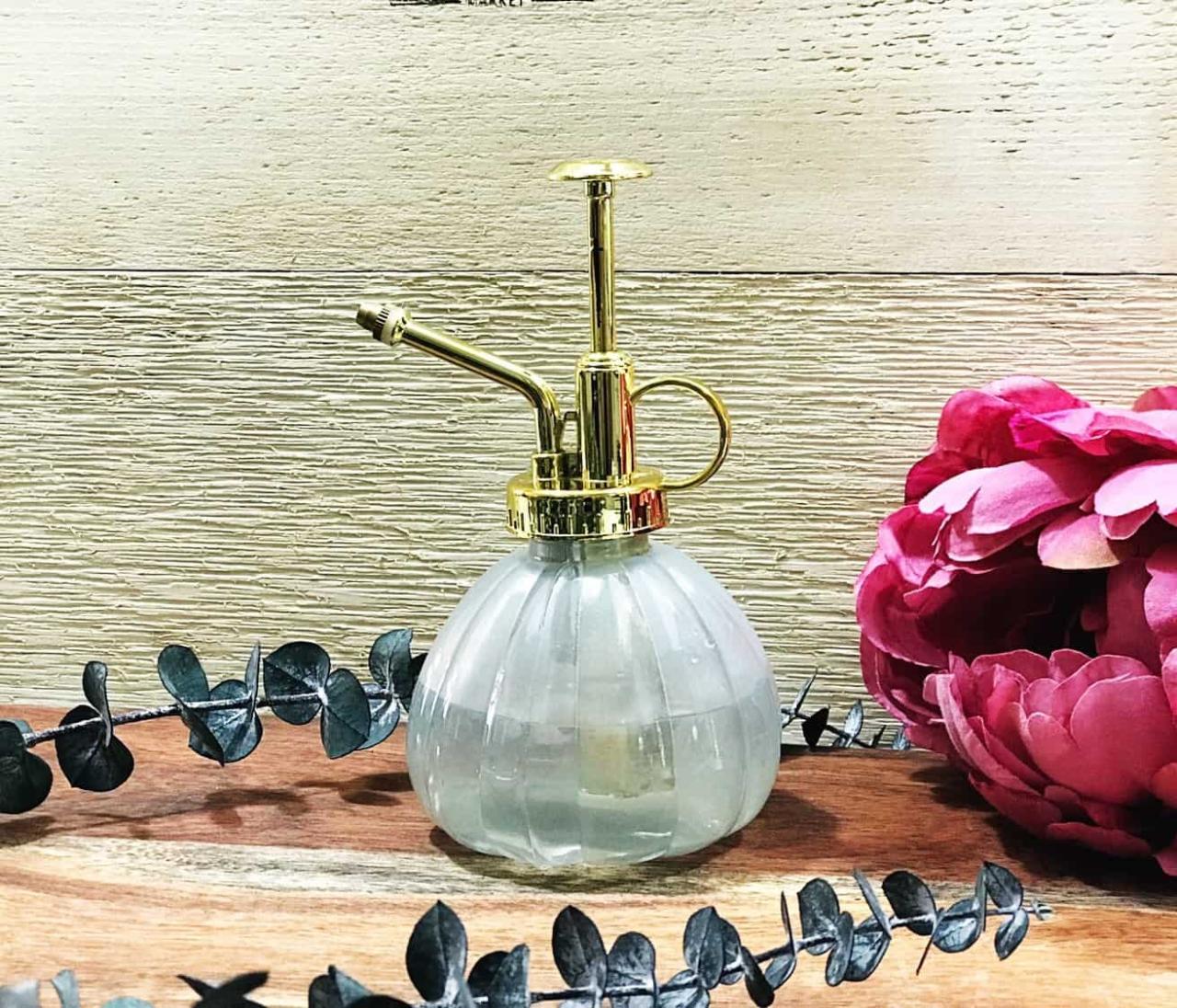
Creating your own room spray is a fun and rewarding experience that allows you to personalize your home’s scent and atmosphere. You can tailor your room spray to your specific needs and preferences, choosing from a wide range of essential oils and bases. By understanding the basics of DIY room spray creation, you can confidently experiment with different recipes and create unique blends that you’ll love.
The Benefits of DIY Room Spray
Creating your own room spray offers several advantages:
- Control over ingredients: You can choose natural and high-quality ingredients, avoiding artificial fragrances and chemicals that may be harmful to your health or the environment.
- Cost-effectiveness: Making your own room spray can be significantly cheaper than purchasing pre-made options, especially when using essential oils.
- Customization: You can experiment with different essential oil combinations to create scents that perfectly match your mood or decor.
- Environmental friendliness: Using natural ingredients and reusable containers reduces waste and your environmental footprint.
Conclusion
Crafting your own room spray is an empowering and enjoyable experience that allows you to personalize your home’s atmosphere. By choosing natural ingredients and blending scents to your liking, you can create a space that reflects your unique style and promotes well-being. So, gather your essential oils, experiment with different recipes, and discover the joy of refreshing your surroundings with the delightful aromas of DIY room spray.

